Rotors Standard Q-Rings are available singly so you can not only customize your chainring ratios, but so you can just use one if that is more to your liking. The typical place to use a single Q-Ring is on the inside of a road crankset. Lower speeds mean less momentum, and the extra power that one can gain is more apparent in the lowest gears.
Rotors Q-Rings are oval, with what they refer to as 10% ovality. That means their 53-tooth outer ring varies its leverage, from being a virtual 51-tooth chainring at the dead spot, to a virtual 55-tooth ring at the most powerful moment of your stroke. This way, your legs can get through the dead spots faster and then have more power when pushing down at the sweet spot of the stroke.
The spider size does limit how small you can go with the inner ring, so some folks might be better served with a compact spider on their crank to get the size they want.
Carlos Sastre, riding for Team CSC was intrigued by the rings. He put them on his bike. He won the 2008 Tour de France on them, and used them for the rest of his successful pro career.
A bio-mechanics student brought Q-rings to the lab. She found that Q-rings were faster than round rings and resulted in riders putting out more power. She found an average increase of 26.7 watts, or an increase of 6.2% for the same effort. As you can imagine, that means theres reduced oxygen consumption and heart rate at sub-maximal efforts.
Rotor believes everyone can benefit from oval rings. The important thing is to set them up properly. Youll notice many extra holes drilled where the rings are bolted to the spider. There are actually three different positions, something Rotor calls OCP3, or three Optimum Chainring Positions. This will allow you to tune the position so youre arriving at the maximum chainring diameter at exactly the right moment in your stroke. A guide comes with the ring to help you determine your perfect position.
As with all their rings, these are CNC-machined out of 7075 aluminum plate. Steel shift pins are embedded into the rings to improve shifting.
This Q-Ring can be paired with a round outer ring, or a Rotor Q outer ring.
Rotors Standard Q Inner Ring can be had in either compact (110mm) or standard (130mm) bolt circle diameters. They are designed to mate perfectly with Rotor spiders, but can work with just about every manufacturers spider, including those with embedded power meters.
The Rotor Standard Q Inner Chainring finds more power in your legs.

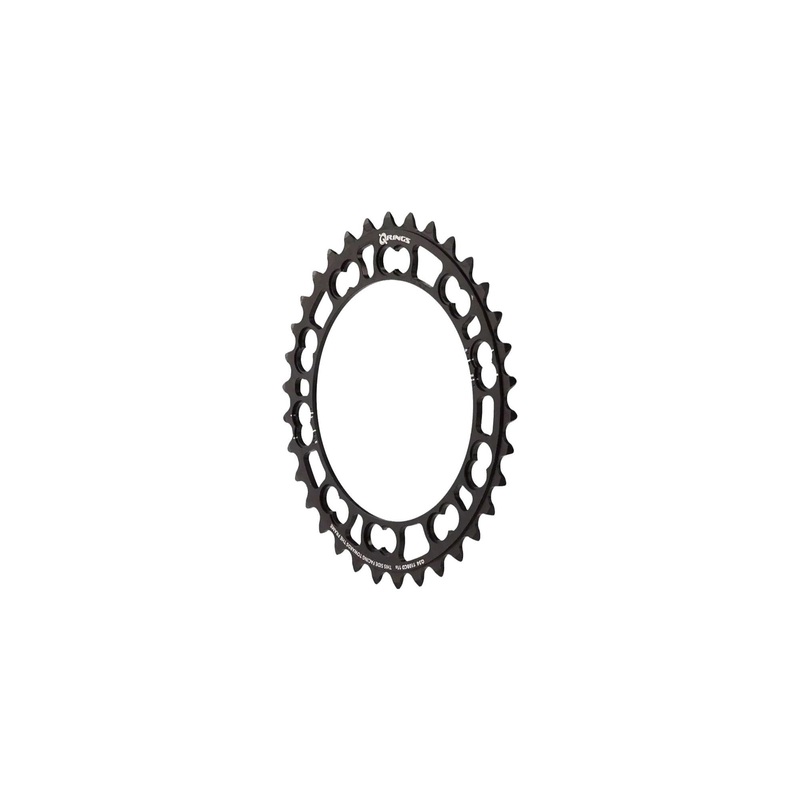
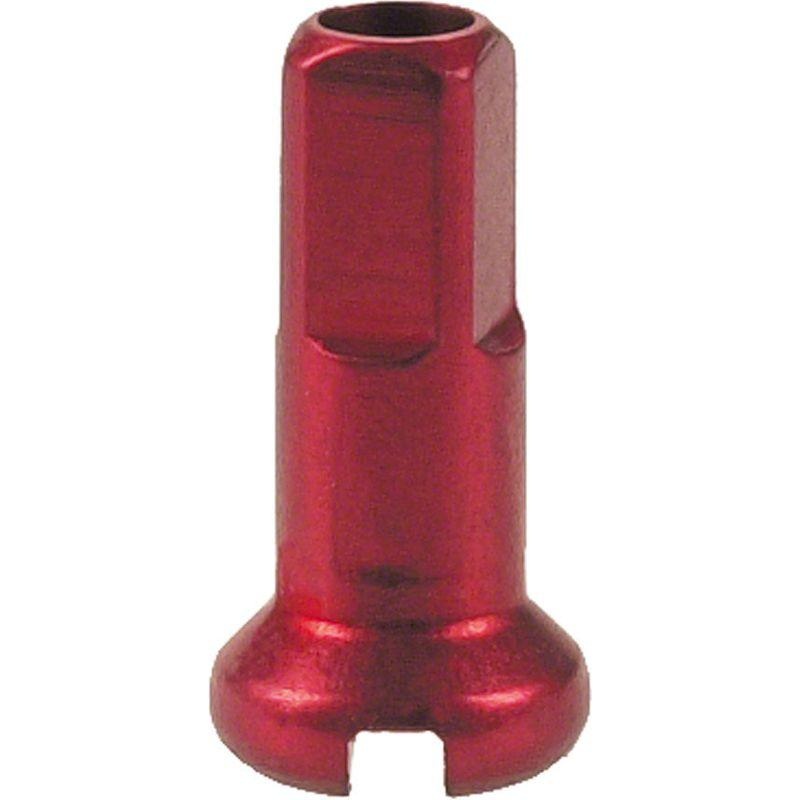
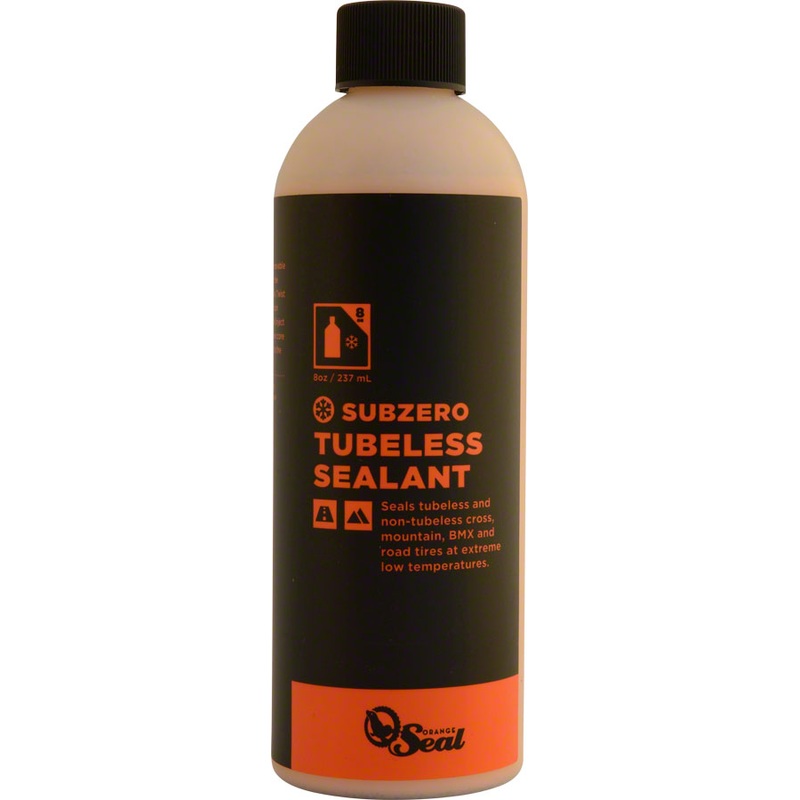
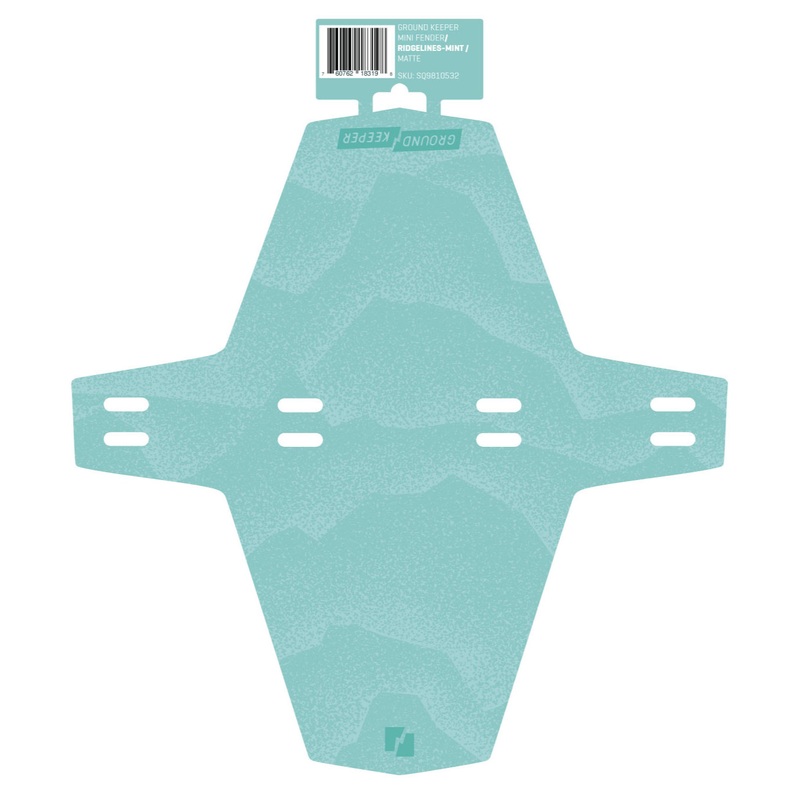
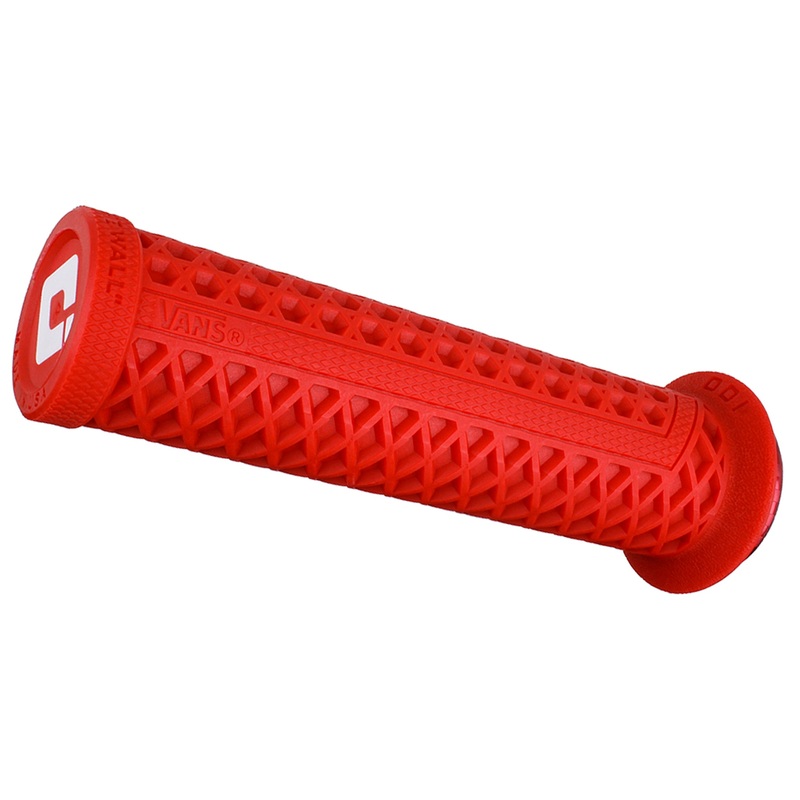
Reviews
There are no reviews yet.